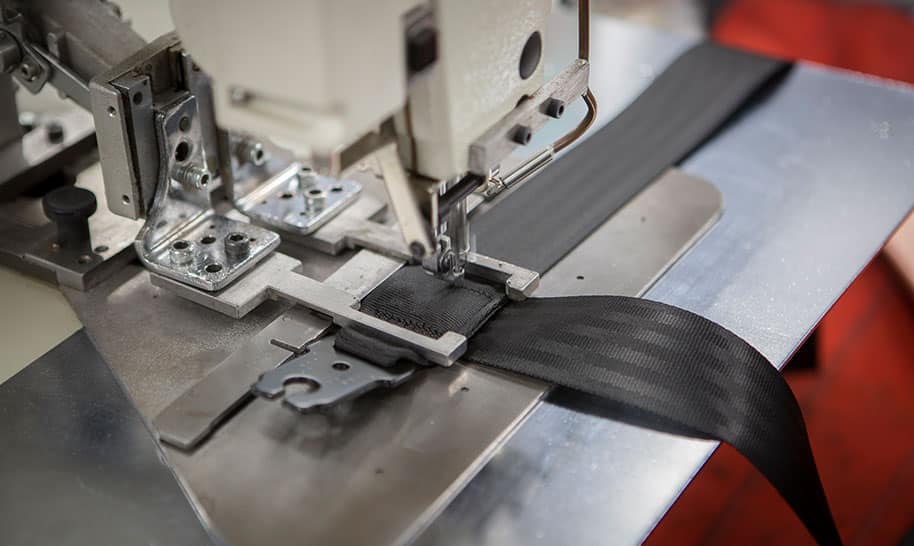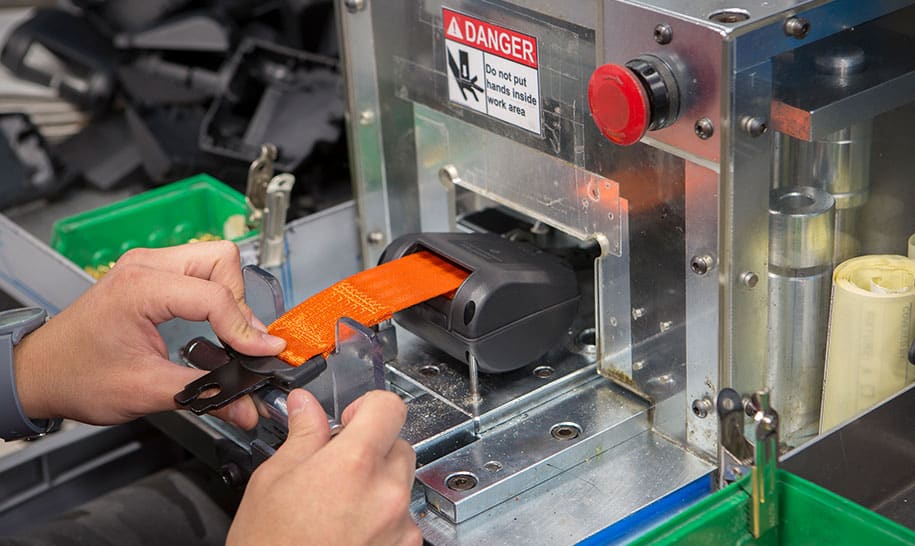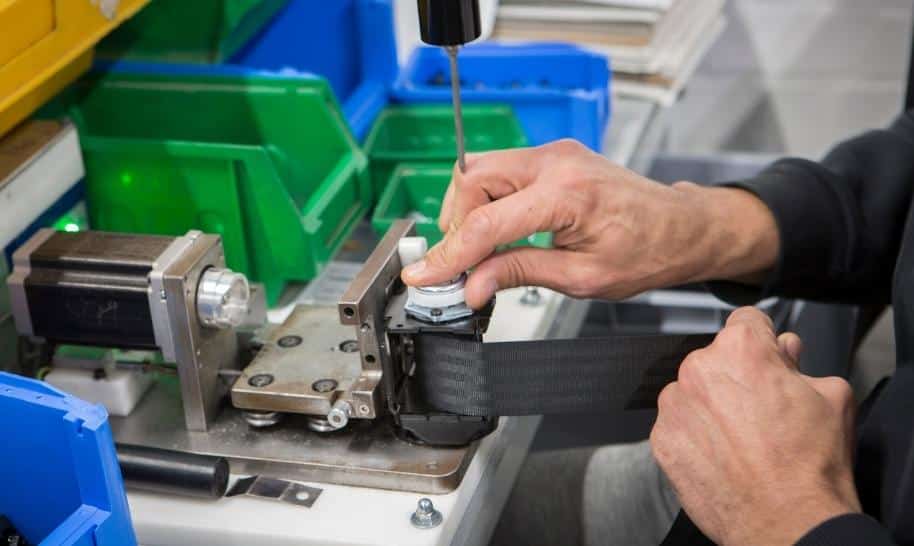Securon manufacture and design Seat Belts, Harnesses and Safety Restraints to meet or exceed National, International and Customer standards.



For more than 50 years we have been leading the way in the design and manufacture of seat belts and harnesses.
Global Supply
Over 80% of production exported
Maximum Safety and Comfort
Quality control in every step
Company Information
About Us
Celebrating over 50 years as a leading manufacturer of safety solutions for a wide range of applications. Delivering high quality products that protect lives around the world.
Investment in Green Energy
Securon have installed Solar Photovoltaic Systems (PV) at two of our Amersham sites to reduce our carbon footprint. As a company we believe we have a moral obligation to make every effort to reduce consumption.
At our Winchmore Hill location we have installed a total of 92 solar panels with an estimated annual yield of approximately 49000 kWh. In Raans Road Amersham we have installed a total of 128 solar panels with an estimated annual yield of 63000 kWh.
Rather than install batteries to store any excess energy generated we have chosen to export this back to the national grid through our energy supplier.
These projects had a high upfront capital cost, but the investment is expected to payback within 4 years, and the systems have a guaranteed lifespan of 25 years. This investment will reduce future operating costs, offset some inflationary pressure, and help to keep us competitive in a global market. Importantly we will be contributing to the UK achieving its carbon reduction goals.
